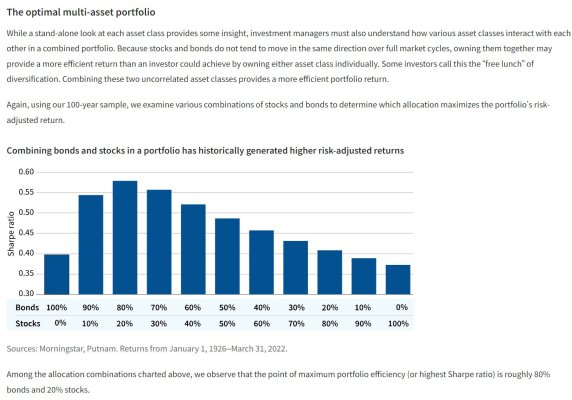they_dont_know_me_son
Confused about dryer sheets
- Joined
- Apr 3, 2024
- Messages
- 2
Hi all, new to this forum but lurker for a bit (and a lot in Bogleheads). I'm struggling with how to place my funds given that i'm FIRE and in my late 30s.
Some important notes:
* Taxable makes up 88% of my liquid assets, tax-advantaged the rest
* I have enough liquid assets to support a 3% withdrawal rate to sustain our yearly expenses
* FIRECalc says that at a 60 year time horizon, my amount of spending would have 0 cycles of failure.
* My taxable account is about 30% muni bond funds, 20% treasuries, and the rest in equities.
So, the two thoughts I have in conflict are:
"Don't play the game if you've already won" VERSUS "I'm young have a long investment horizon and so it's worth the risk of investing more heavily in stocks".
I'm not really sure which one should win out. My current AA supports the latter, but I'm wondering if I'm doing myself a disservice by being too heavily into munis and bonds in general.
Curious how others feel about this?
Some important notes:
* Taxable makes up 88% of my liquid assets, tax-advantaged the rest
* I have enough liquid assets to support a 3% withdrawal rate to sustain our yearly expenses
* FIRECalc says that at a 60 year time horizon, my amount of spending would have 0 cycles of failure.
* My taxable account is about 30% muni bond funds, 20% treasuries, and the rest in equities.
So, the two thoughts I have in conflict are:
"Don't play the game if you've already won" VERSUS "I'm young have a long investment horizon and so it's worth the risk of investing more heavily in stocks".
I'm not really sure which one should win out. My current AA supports the latter, but I'm wondering if I'm doing myself a disservice by being too heavily into munis and bonds in general.
Curious how others feel about this?


